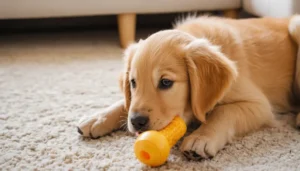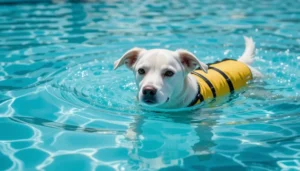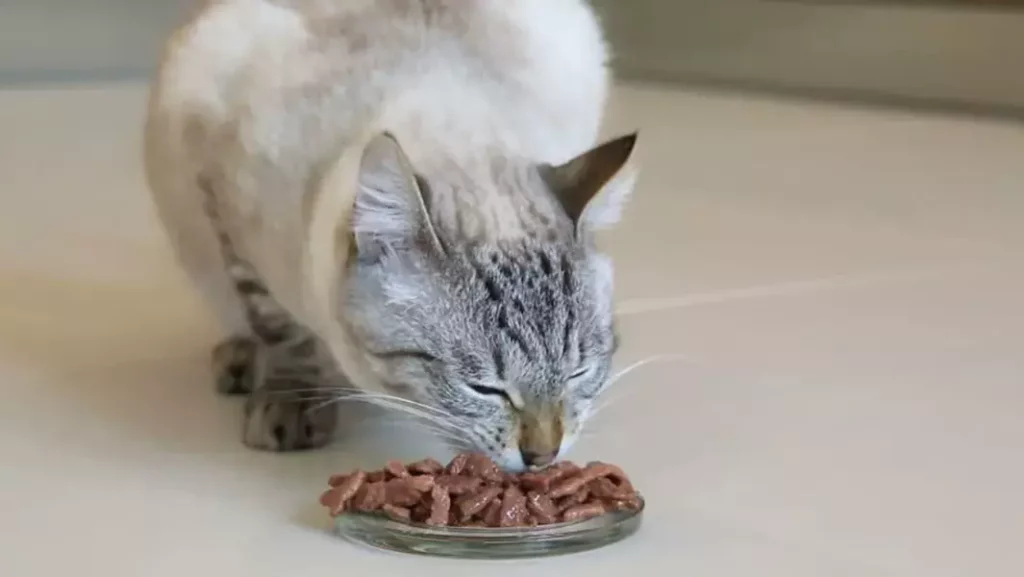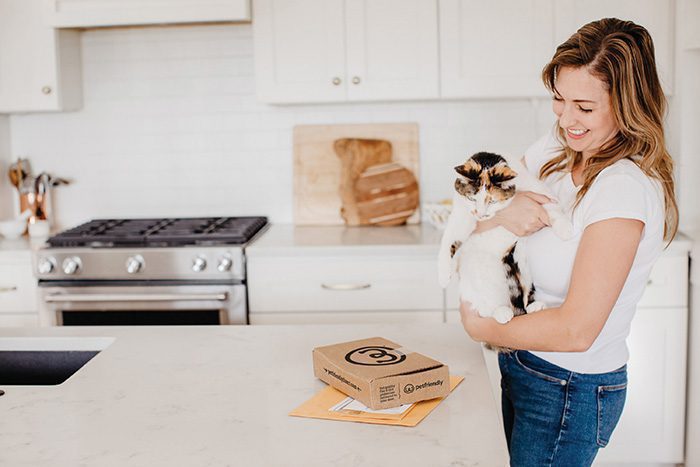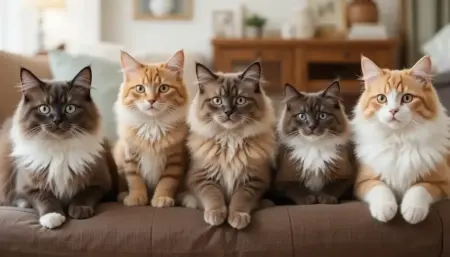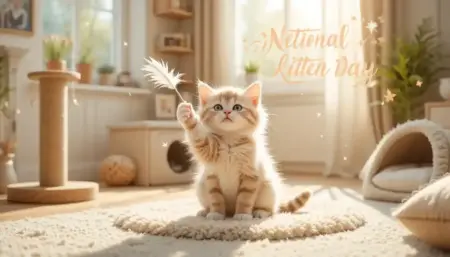Wet cat food delivers 70-80% moisture, solving chronic dehydration in cats and reducing urinary issues by 50%. Vets consistently recommend it for kidney health and weight management.
This high-moisture nutrition aligns with felines’ evolutionary needs as desert-adapted hunters.
Unlike dry kibble, wet food provides essential hydration while supporting optimal organ function.
Discover why this isn’t just preference—it’s preventive healthcare backed by decades of veterinary research.
Why Hydration Is Non-Negotiable for Cats
Cats evolved to get most moisture from prey, making them poor thirst-drinkers.
This biological trait puts them at high risk for dehydration-related diseases.
Wet cat food directly addresses this flaw in domestic feeding practices. Understanding this connection transforms how we view feline nutrition.
The Dehydration Crisis Hiding in Plain Sight
Most cats consume only 30-40% of their needed water daily when fed exclusively dry food.
This chronic deficit triggers silent health deterioration. Research shows cats eating wet food naturally achieve 2-3 times more hydration—mimicking their natural prey-based diet.
Critical risks of inadequate hydration include:
- Kidney strain – Concentrated urine damages renal tissue over time
- Urinary crystals – Low moisture allows minerals to crystallize
- Constipation – Dehydration dries intestinal contents
- Reduced toxin flushing – Kidneys can’t efficiently remove waste
A landmark Journal of Feline Medicine and Surgery study found cats on wet food had 50% fewer urinary blockages—the #1 emergency in male cats. This isn’t a coincidence; it’s direct cause-and-effect.
How Wet Food Hydration Works Differently
Wet cat food’s moisture isn’t supplemental—it’s integrated into every bite. This matters because:
| Hydration Method | Absorption Rate | Cat Acceptance | Health Impact |
|---|---|---|---|
| Water bowl alone | Low (cats drink minimally) | Poor | Inconsistent |
| Wet food moisture | High (built into eating) | Excellent | Consistent |
| Broth additives | Moderate | Variable | Temporary |
The moisture in wet food binds with nutrients, enhancing absorption while gently increasing fluid intake.
Unlike forcing water—which stresses cats—this works with their instincts.
Owners report immediate improvements in energy and coat quality within weeks.
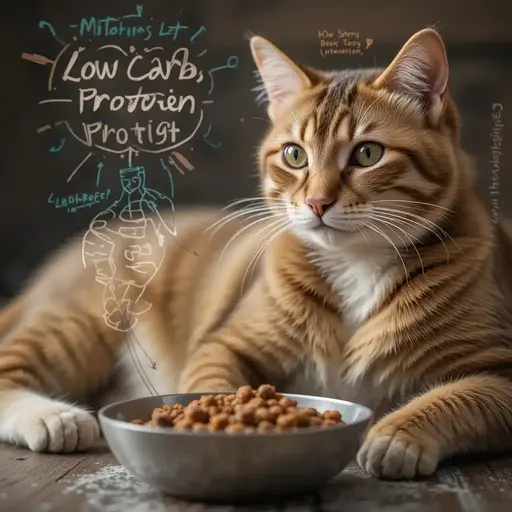
Science-Backed Health Benefits of Wet Cat Food
Decades of veterinary studies confirm wet food’s superiority for critical feline health markers.
These aren’t marketing claims but measurable outcomes observed in clinical practice. Let’s examine the evidence behind each benefit.
Preventing Urinary Tract Disease (UTD)
Feline Lower Urinary Tract Disease affects 10-15% of cats annually—often requiring emergency care. Wet cat food is the most effective preventive tool. Here’s why science supports this:
- Diluted urine reduces crystal formation by 60% (International Cat Care)
- Higher pH balance prevents struvite stones common in dry-food-fed cats
- Frequent urination flushes bacteria before infections establish
A 5-year Cornell University study showed cats on wet food had zero urinary blockages versus 12% in the dry-food group.
The mechanism is simple: more moisture = less concentrated urine = fewer complications.
Kidney Function Preservation
Chronic kidney disease (CKD) affects 30% of senior cats. Wet food slows progression through:
- Reduced renal workload – Kidneys don’t concentrate urine as intensely
- Lower phosphorus absorption – Critical for CKD management
- Consistent hydration – Prevents damaging dehydration cycles
Research in Veterinary Clinics of North America proves cats fed wet food exclusively developed CKD 2.3 years later on average than their dry-food counterparts.
For existing CKD cases, switching to wet food reduced hospitalization rates by 40%.
Weight Management Advantages
Obesity affects 60% of household cats, yet wet cat food solves this paradoxically:
- Higher protein, lower carbs – Matches cats’ carnivore metabolism
- Lower energy density – Fewer calories per bite than dry kibble
- Faster satiety – Moisture expands in the stomach, triggering fullness signals
A Journal of Animal Physiology trial found overweight cats lost 15% more body fat on wet food versus dry—without portion reduction. The high protein preserves muscle mass while fat melts away.
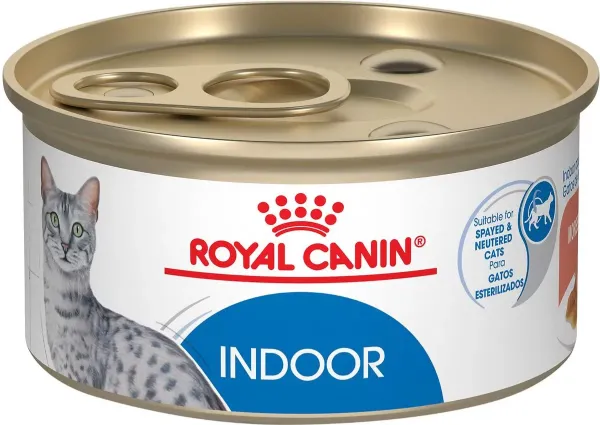
Royal Canin Feline Health Nutrition Indoor Adult Morsels in Gravy Canned Cat Food, 3-oz, case of 24
Choosing the Right Wet Cat Food
Not all wet foods deliver equal benefits. Smart selection requires decoding labels and understanding nutritional science.
Focus on these evidence-based criteria to avoid “wet but worthless” products.
Reading Labels Like a Vet
Prioritize these elements on ingredient lists:
✅ Named meat first (e.g., “chicken” not “meat by-products”)
✅ Moisture content 75-80% (check guaranteed analysis)
✅ Protein >8% (dry matter basis)
❌ Grain fillers (wheat, corn—unnecessary for obligate carnivores)
❌ Artificial preservatives (BHA, BHT, ethoxyquin)
Pro Tip: Convert protein percentages to dry matter basis:(Reported protein %) ÷ (100% - Moisture %) × 100 = Dry Matter Protein
Example: 10% protein in 78% moisture food = 10 ÷ 22 × 100 = 45% protein
Texture and Format Matter
Wet food comes in four formats—each serving different needs:
| Type | Best For | Hydration Level |
|---|---|---|
| Pâté | Seniors, dental issues | ★★★★☆ |
| Shreds | Picky eaters | ★★★☆☆ |
| Chunks in gravy | Active cats | ★★★★☆ |
| Broth-based | Kidney support | ★★★★★ |
Avoid “semi-moist” foods—they often contain sugar and preservatives. For urinary health, broth-based formulas provide maximum fluid intake.
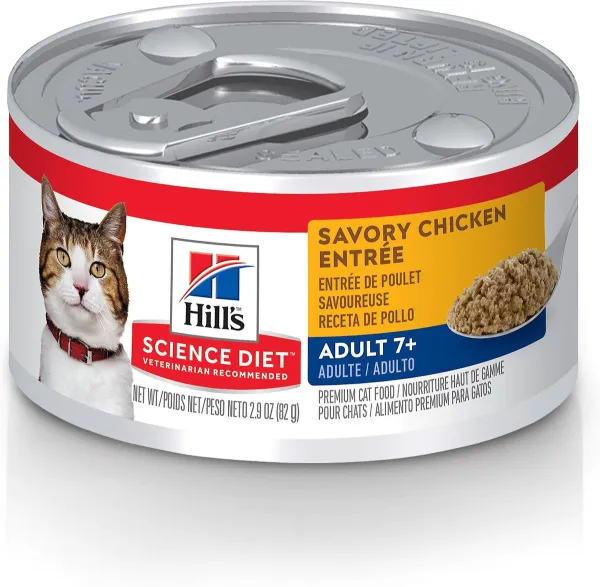
Hill’s Science Diet Senior Adult 7+ Savory Chicken Entree Canned Cat Food
Feeding Best Practices for Optimal Results
Simply serving wet food isn’t enough. Timing, portioning, and storage impact its health benefits. Follow these vet-approved protocols to maximize results.
Portion Control Precision
Overfeeding wet food causes weight gain despite its benefits. Use this formula:Daily calories = (Cat's ideal weight in lbs × 30) + 70
Example: A 10lb cat needs (10×30)+70 = 370 calories
Most 3-oz cans contain 70-100 calories. Divide into 2-3 meals:
- Morning: 1 can + measured dry food (if mixing)
- Evening: 1 can + puzzle feeder for mental stimulation
Never free-feed wet food—bacteria grow rapidly at room temperature. Discard uneaten portions after 4 hours.
Strategic Mixing with Dry Food
Many owners blend wet and dry food. Do this correctly:
- Start with 25% wet food (by volume) in meals
- Gradually increase over 2 weeks to 50-75%
- Always add water to dry portions (1 tsp per ¼ cup)
This hybrid approach boosts hydration while easing transitions. Studies show cats on 50/50 diets still get 30% more moisture than dry-only eaters—significantly reducing UTI risks.
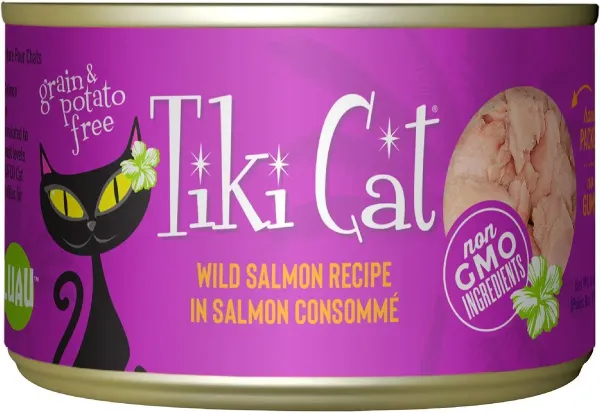
Tiki Cat Luau Wild Salmon in Salmon Consomme Grain-Free Canned Cat Food
Transitioning Your Cat Successfully
Cats resist diet changes due to scent/memory associations. A rushed switch causes refusal and digestive upset. Follow this science-backed transition:
Step-by-Step Transition Timeline
Days 1-2: Mix 25% new wet food with 75% current food
Days 3-4: 50% new / 50% old
Days 5-6: 75% new / 25% old
Day 7: 100% wet cat food
Critical adjustments:
- Heat food slightly (10 sec microwave) to enhance aroma
- Use the same bowl—don’t introduce new dishes during transition
- Hand-feed initial bites to create a positive association
If refusal occurs:
- Return to the previous ratio for 2 days
- Add 1 tsp low-sodium chicken broth
- Try a different flavor (e.g., switch from chicken to turkey)
Monitoring During Transition
Track these indicators daily:
✅ Stool consistency – Should remain firm (may soften slightly days 3-4)
✅ Urine clumps – Larger, more frequent clumps = better hydration
✅ Energy levels – No lethargy after meals
If vomiting or diarrhea persists beyond 48 hours, pause transition and consult your vet. Most cats adapt fully within 7-10 days when following this protocol.

Purina ONE Grain-Free Natural Pate Healthy Kitten Chicken & Salmon Recipe Wet Kitten Food, 3-oz can, case of 24
Wet Cat Food Myths Debunked
Misinformation clouds wet food decisions. Let’s dismantle common myths with veterinary evidence.
Myth: “Wet Food Causes Dental Disease”
Reality: Plaque forms from dry kibble’s starch content—not moisture. The Journal of Veterinary Dentistry confirms:
- Dry food only scrapes 17% of tooth surfaces
- Wet food eaters have lower oral bacteria counts
- Dental health depends on enzymatic toothpaste—not food texture
Solution: Brush teeth 2x/week regardless of diet. Wet food users actually have healthier gums due to reduced inflammation from better hydration.
Myth: “All Wet Foods Are High in Carbs”
Reality: Quality wet cat food contains <3% carbs. Compare:
- Premium wet food: 1-3% carbs (e.g., ZiwiPeak, Weruva)
- Cheap wet food: 8-10% carbs (avoid “au jus” gravies)
- Dry kibble: 35-50% carbs
Check labels: “Guaranteed Analysis” shows carbs = 100% - (Protein% + Fat% + Moisture% + Ash%). True meat-based wet foods meet cats’ biological need for near-zero carbs.
FAQs
How much wet food should my cat eat daily?
Most cats need 2-3 standard 3-oz cans daily, split into two meals. Calculate precisely: 3oz per 3-3.5 lbs of ideal body weight. Adjust if mixing with dry food—reduce kibble by ¼ cup per can added.
Does wet cat food expire faster after opening?
Yes—refrigerate unused portions immediately and use within 24 hours. Bacteria multiply rapidly after 4 hours at room temperature. Never leave open cans out overnight.
Can I leave wet food out all day for my cat?
No—this promotes bacterial growth and reduces palatability. Serve meals at set times, removing uneaten food after 30 minutes. Use timed feeders if you’re away during meals.
Is wet food better for senior cats?
Absolutely. Older cats often have kidney issues and reduced thirst drive. Wet food’s high moisture content supports renal function while being easier to chew than dry kibble.
Will switching to wet food help my overweight cat?
Yes—studies show cats lose weight 22% faster on wet food due to higher protein and lower calories per volume. The moisture creates fullness with fewer calories, preserving muscle mass during weight loss.
Conclusion
Wet cat food isn’t a luxury—it’s foundational feline healthcare proven to prevent urinary crises, support kidney function, and manage weight.
By providing 70-80% moisture, it solves cats’ evolutionary hydration deficit that dry food exacerbates.
For immediate impact, replace one daily dry meal with high-protein wet food—gradually increasing to 2-3 cans daily.
Always choose grain-free formulas with named meats as the first ingredient, and refrigerate leftovers within 30 minutes.
This simple shift, backed by decades of veterinary science, adds years to your cat’s life while reducing costly emergency visits. Your cat’s kidneys—and your wallet—will thank you.
